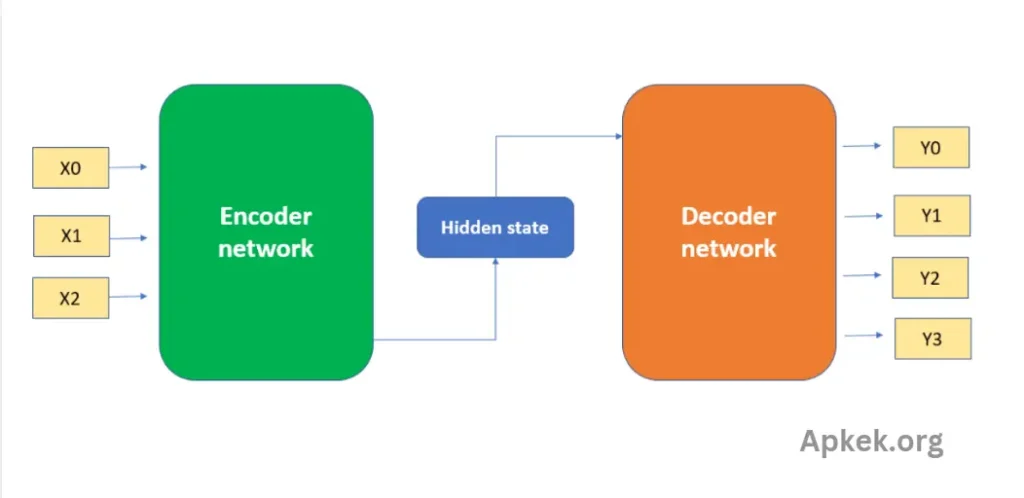The Number Chat Encoder Decoder is a system or tool designed to transform conversational text into numerical codes and vice versa, enabling secure or structured communication. By encoding chat messages into number-based formats, it facilitates data compression, encryption, or interoperability with systems that require numerical input. On the decoding side, it reconstructs the original messages from these numeric representations, ensuring accuracy and readability. This kind of system can be particularly useful in chat applications, cryptography, data transmission, and machine learning scenarios where text must be translated into a format suitable for algorithmic processing.
What is a Number Chat Encoder Decoder?
A Number Chat Encoder Decoder is a tool or algorithm that transforms textual chat messages into a series of numbers (encoding) and can revert those numbers back into the original text (decoding). This concept can be as simple as assigning numbers to letters (e.g., A=1, B=2, C=3) or as complex as using encryption techniques or machine learning models for dynamic encoding.
Key Components:
- Encoder: Converts text into a numerical format.
- Decoder: Reconstructs the text from the numerical representation.
The process is bidirectional, allowing messages to be safely transmitted or stored as numbers, then accurately retrieved and read.
Applications
The Number Chat Encoder Decoder can be used in a variety of domains, including:
1. Data Security and Encryption
By encoding messages into numbers, communication can be made more secure. When paired with encryption algorithms, numerical representations make it harder for unauthorized users to understand the content of a message.
2. Compression and Optimization
Numbers can sometimes be used to represent repetitive patterns or frequently used words, leading to better data compression in chat systems, especially on bandwidth-constrained platforms.
3. Machine Learning and NLP
In Natural Language Processing (NLP), texts are often converted into numerical forms (like token IDs or word embeddings) before being processed by models. A chat encoder-decoder system can serve as a lightweight version of this process for simple use cases.
4. Custom Chatbots and Games
Such systems are often used in educational tools or games to introduce basic cryptography or pattern recognition, making learning more interactive.
How It Works: A Simple Example
Let’s walk through a basic implementation:
Encoding:
Suppose we use a simple mapping where each letter corresponds to its position in the alphabet:
iniCopyEditA=1, B=2, C=3, ..., Z=26
For the message: “HELLO”
iniCopyEditH=8, E=5, L=12, L=12, O=15 → [8, 5, 12, 12, 15]
Decoding:
Take the numerical sequence [8, 5, 12, 12, 15] and convert it back using the mapping:
iniCopyEdit8=H, 5=E, 12=L, 12=L, 15=O → "HELLO"
This is a basic example. More advanced versions can include support for lowercase letters, symbols, spaces, and even language-specific character sets.
Challenges
Despite its benefits, the Number Chat Encoder Decoder has its limitations:
- Scalability: Simple numeric encodings are not secure for large-scale or sensitive communications.
- Ambiguity: Without consistent delimiters or standards, decoding might become unreliable.
- Security Risks: If encoding methods are too predictable, it may expose the system to attacks.
For practical use, especially in sensitive applications, the encoding logic should be combined with encryption or hashing to enhance data privacy.
Frequently Asked Questions
What is a Number Chat Encoder Decoder?
A Number Chat Encoder Decoder is a system that converts chat messages into numerical representations (encoding) and back into text (decoding). It helps in transforming human-readable text into a format suitable for storage, transmission, or processing.
Is this the same as encryption?
Not exactly. While encoding turns text into numbers, it doesn’t inherently provide security. Encryption is a type of encoding designed specifically to protect data using keys and cryptographic methods. A number encoder can be part of an encryption system, but alone it’s not secure.
Can it handle spaces, punctuation, and special characters?
Yes, advanced implementations can map all characters—including spaces, punctuation marks, emojis, and even characters from non-Latin scripts—to unique numbers or sequences. Simple systems may only support alphabetic characters.
How does it decode accurately?
The decoder uses the same mapping scheme as the encoder. As long as the numerical representation is consistent and properly formatted, decoding can precisely reconstruct the original message.
Can I build my own encoder/decoder?
Absolutely! Basic versions can be built using programming languages like Python, JavaScript, or Java. For example, mapping each letter to its alphabet position and writing a function to reverse the process is a common beginner project.
Is it secure for transmitting sensitive data?
No—not by itself. A number encoder is not designed for security. For secure communication, it must be combined with encryption methods (like AES, RSA, or hashing).
Conclusion
The Number Chat Encoder Decoder is a powerful yet accessible concept that bridges human language and machine-readable formats. By converting text into numerical sequences and decoding them back, it opens up possibilities for secure communication, data optimization, and language processing. While simple implementations can serve educational or entertainment purposes, more advanced systems play critical roles in cryptography, artificial intelligence, and real-time messaging platforms. As digital communication continues to evolve, tools like the Number Chat Encoder Decoder remind us of the foundational importance of how data is structured, transmitted, and understood.

